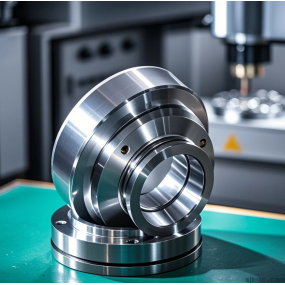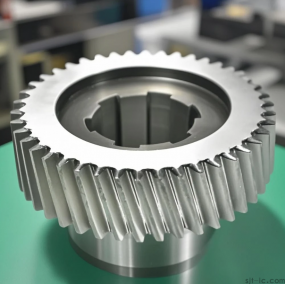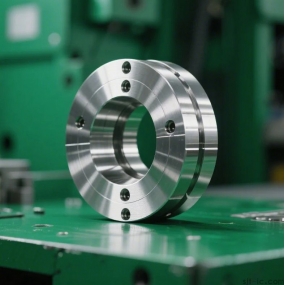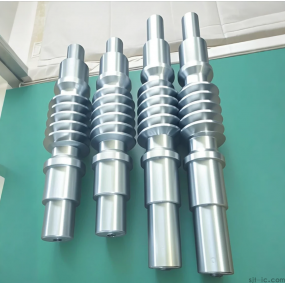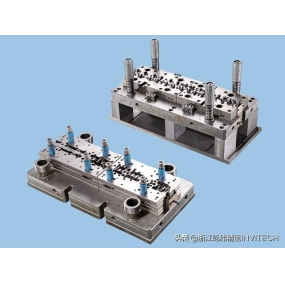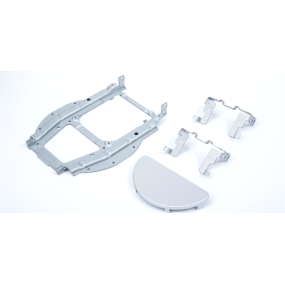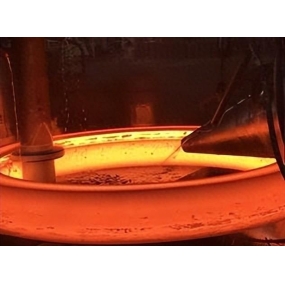Sheet metal parts are a common type of component that can be applied in various fields. Its processing technology usually includes welding and laser cutting, and it has the advantages of light weight, good hardness, and high precision. Generally speaking, the thickness of Sheet Metal Processing is within 6mm. According to various processing techniques, it is processed into various specifications of components. When cold working is applied to sheet metal parts, the thickness of the structural parts can be changed to a more stable thickness. Of course, different types of sheet metal materials need to be selected for different needs of sheet metal processing. Below, Guermei will take you to understand the commonly used materials in sheet metal processing.
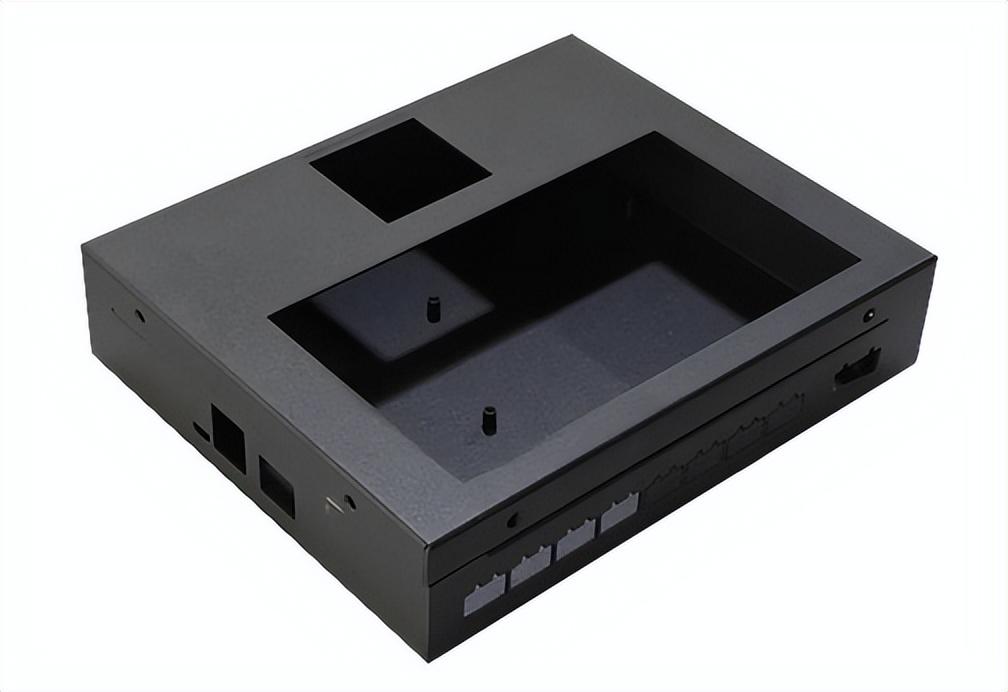
Customized sheet metal shell
In general, the materials used for sheet metal processing mainly include stainless steel plates, galvanized steel plates, aluminum and other raw materials. Different sheet materials require different processing techniques and are used in different ways.
1、 Stainless steel profiles.
(1) Cold rolled steel plate. It is a sheet metal that is processed by controlling the temperature, lowering it below the recrystallization temperature, and then rolling it thin. In sheet metal that has undergone cold rolling processing. Its surface is relatively smooth and has a uniform sheet thickness, making it easy to form. It can be coated with paint or electroplated, while expanding the range of use of the sheet.
(2) Hot rolled steel plate: This plate processing method involves processing the initially rolled or cast slab, heating it, and then removing phosphorus to form a rough rolled steel plate. In general, there is a slight deviation in the thickness of hot-rolled steel plates, and edge pressing may occur during the specific processing process.
2、 Galvanized steel plate. Galvanized steel plates are usually galvanized on the surface of the plate. In general, the thickness of the galvanized layer on the steel plate needs to be controlled at 10 μ Above m, this can prevent damage such as rust on the surface of the board.
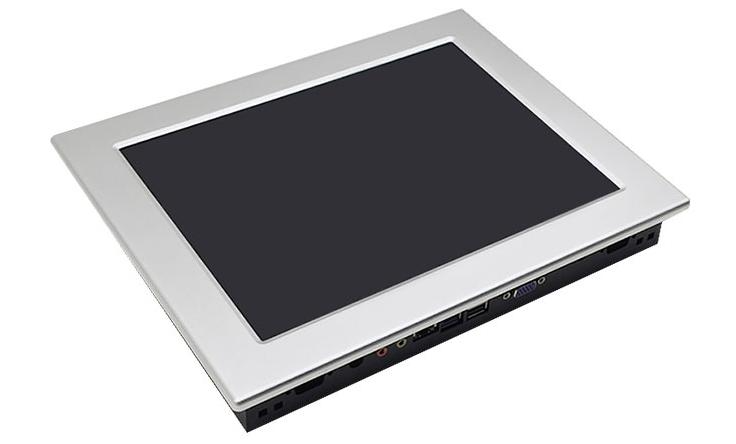
Manufacturer of chassis and cabinet
3、 Aluminum sheet, usually processed on its surface, can also undergo chemical and conductive oxidation treatments, and is widely used in the production of chassis and cabinet casings.
The above are the commonly used materials for sheet metal processing. The process of sheet metal for different chassis and cabinet casings also varies, so when processing sheet metal parts, we need to choose based on our specific application situation.


 Spanish
Spanish Arabic
Arabic French
French Portuguese
Portuguese Belarusian
Belarusian Japanese
Japanese Russian
Russian Malay
Malay Icelandic
Icelandic Bulgarian
Bulgarian Azerbaijani
Azerbaijani Estonian
Estonian Irish
Irish Polish
Polish Persian
Persian Boolean
Boolean Danish
Danish German
German Filipino
Filipino Finnish
Finnish Korean
Korean Dutch
Dutch Galician
Galician Catalan
Catalan Czech
Czech Croatian
Croatian Latin
Latin Latvian
Latvian Romanian
Romanian Maltese
Maltese Macedonian
Macedonian Norwegian
Norwegian Swedish
Swedish Serbian
Serbian Slovak
Slovak Slovenian
Slovenian Swahili
Swahili Thai
Thai Turkish
Turkish Welsh
Welsh Urdu
Urdu Ukrainian
Ukrainian Greek
Greek Hungarian
Hungarian Italian
Italian Yiddish
Yiddish Indonesian
Indonesian Vietnamese
Vietnamese Haitian Creole
Haitian Creole Spanish Basque
Spanish Basque

